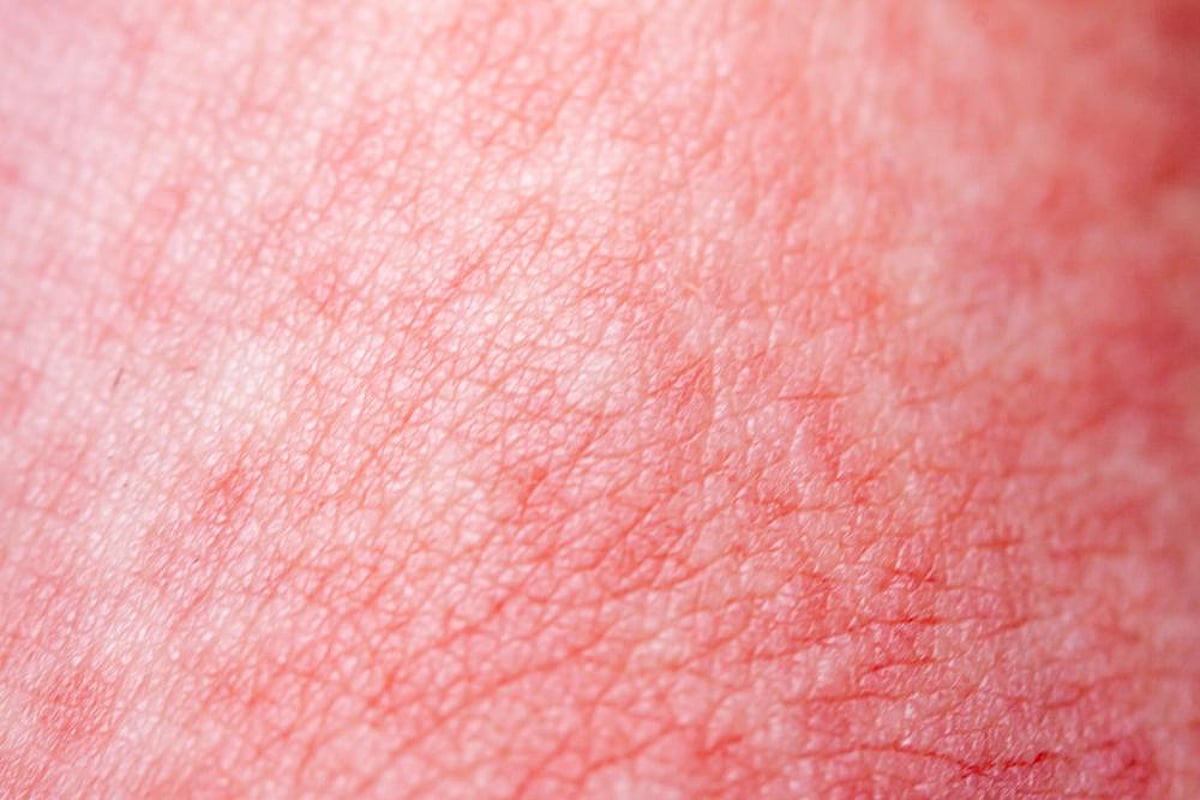Scarlet Fever: Symptoms and Treatment

What is scarlet fever?
Scarlet fever, also known as scarlatina, was once one of the most serious scourges of childhood, sweeping through families like wildfire and causing numerous deaths. But with modern antibiotics, the disease is far less dangerous -- and less common -- than it used to be.
The disease is an upper respiratory infection caused by a streptococcal bacteria and associated with a sore throat and distinctive red rash. It most often strikes children between the ages of 2 and 10. The bacteria that causes scarlet fever releases a toxin, producing the bright red rash that gives the illness its name. Other than the rash, the symptoms and progress of scarlet fever are the same as those of strep throat.
What are the symptoms?
The illness generally begins with a sore throat, headache, and fever. The telltale rash commonly breaks out on the second day and lasts three to six days. It usually begins as a mass of tiny red spots on your child's neck and chest that rapidly spread over her body; the bumps feel like fine sandpaper and may itch. Though her face will be flushed, the area around her mouth may be pale. The rash sometimes forms red streaks called Pastia's lines in the creases of the body, especially around the underarms and in the groin area. Although the rash fades within a week, the skin frequently peels, especially on the hands and feet and in the groin area.
Early in the infection, the tongue may have a white or yellowish coating; later it may turn red and begin to peel. Other symptoms include chills, body aches, loss of appetite, swollen glands, nausea, and vomiting. The tonsils and back of the throat may also be coated, or they may appear red and swollen.
How is scarlet fever treated?
If a doctor suspects scarlet fever or another type of strep infection, she will generally take a throat culture, a painless swab of throat secretions, to confirm the diagnosis. Scarlet fever is treated with antibiotics, usually penicillin or erythromycin. With treatment, recovery is fairly rapid, although the rash may linger for a few days, and it may take several weeks for the tonsils and swollen glands to return to normal. Left untreated, scarlet fever can have serious complications, including severe skin infections, abscesses on the tonsils, and lung problems. If the antibiotics are not given early enough, scarlet fever can also lead to rheumatic fever, which can cause long-term heart problems.
How can I make my child feel more comfortable?
- Give her acetaminophen to relieve discomfort and reduce fever. (Never give aspirin to anyone under 18 who has an infection, though; it can cause Reye's syndrome, a rare and potentially life-threatening disease.)
- Offer her soft or liquid foods such as soups, ice cream, and milkshakes. If your child's throat is extremely sore, eating may be painful.
- Be sure that she rests and drinks plenty of fluids.
- Try having her gargle with warm saltwater if she's old enough. Just make sure that she spits out the salty water after she's finished.
When should I call the doctor?
Call for an immediate appointment if your child has a sore throat and a rash or other symptoms of scarlet fever or strep throat (a sore throat accompanied by fever, swollen glands, or a white coating on the tonsils or back of the throat). If she has already been diagnosed with scarlet fever, call the doctor if she still has a fever of 102 degrees or higher 48 hours after starting antibiotics.
Is scarlet fever contagious?
Yes, but your child won't spread the disease after she's been taking antibiotics for 24 hours. While she's ill, keep her drinking glasses, eating utensils, sheets, and towels separate from those of other family members, and clean them in hot, soapy water. Caregivers, especially, should wash their hands frequently. Family members or others who have contact with you should be tested for strep infection if they develop a sore throat with or without a rash.
Further Resources
Robert H. Pantell M.D., James F. Fries M.D., Donald M. Vickery M.D., Taking Care of Your Child: A Parent's Illustrated Guide to Complete Medical Care. 8th Edition. Da Capo Lifelong Books.
References
Scarlet Fever. Centers for Disease Control and Prevention. http://www.cdc.gov/ncidod/dbmd/diseaseinfo/scarletfever_g.htm
Scarlet Fever. Medline Plus Medical Encyclopedia. National Library of Medicine. http://www.nlm.nih.gov/medlineplus/ency/article/000974.htm
Mayo Clinic. Reye's syndrome. http://www.mayoclinic.com/health/reyes-syndrome/DS00142
Related Posts
An Apple (and Some Blackberries) Each Day May Keep Frailty Away
TUESDAY, May 23, 2023 (HealthDay News) -- You’ve heard of eating your spinach to...
Adolescent Handgun Carriage Increasing in the United States
TUESDAY, April 26, 2022 (HealthDay News) -- Adolescent handgun carriage is...
FDA Panel Skeptical of Controversial ALS Drug Ahead of Vote
TUESDAY, Sept. 6, 2022 (HealthDay News) -- A U.S. Food and Drug Administration...
Más adultos mayores de EE. UU., en particular mujeres, conservan un cerebro sano, según un estudio
JUEVES, 30 de diciembre de 2021 (HealthDay News) -- El porcentaje de...
